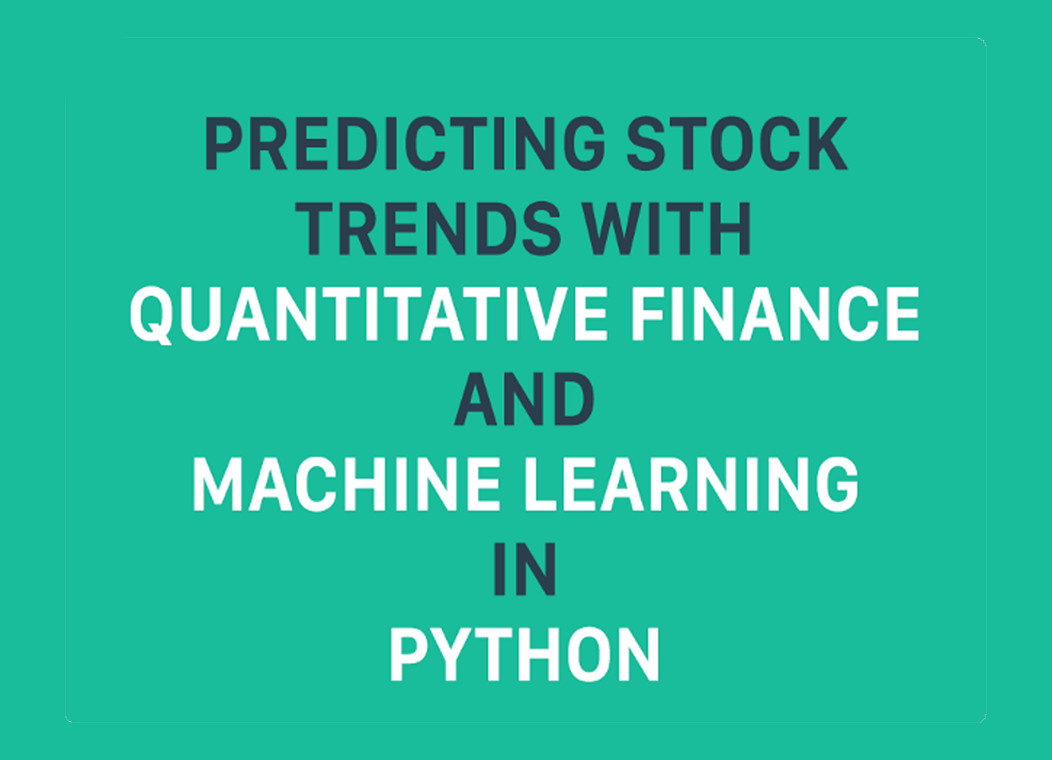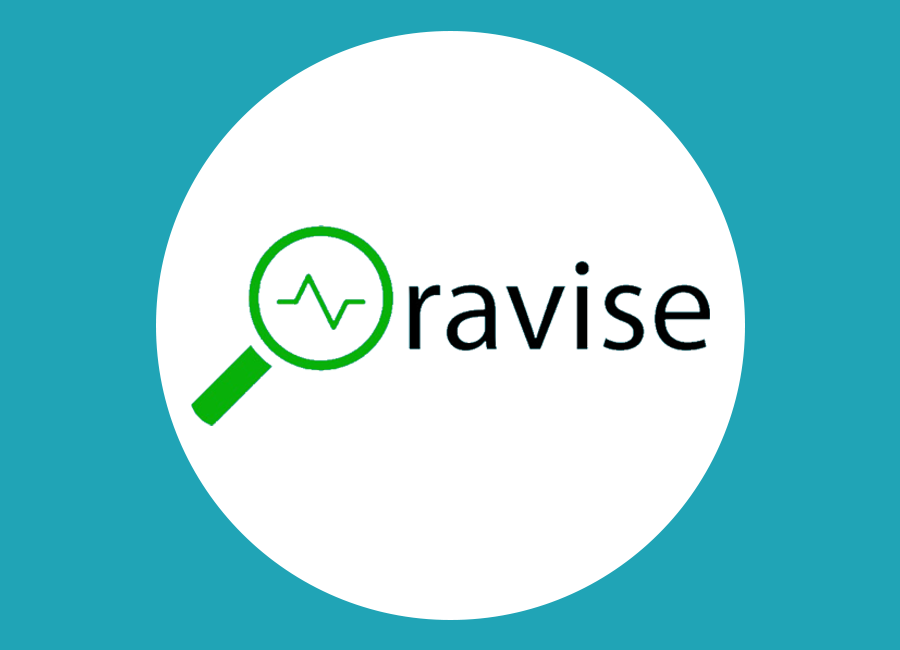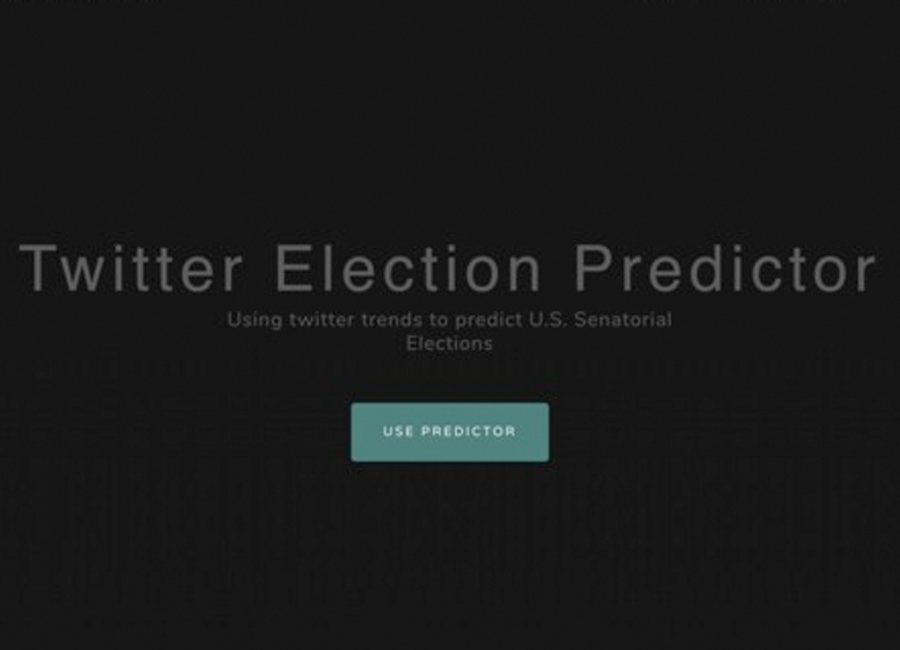
Mathew Steininger
Software Engineer

Software Engineer





I build software to help others. Check out my previous projects, particularly MDVax, where I helped over a quarter million people schedule COVID-19 vaccine appointments.
I enjoy cooking, training Brazilian jiu-jitsu, playing chess, and learning about all things finance and markets.